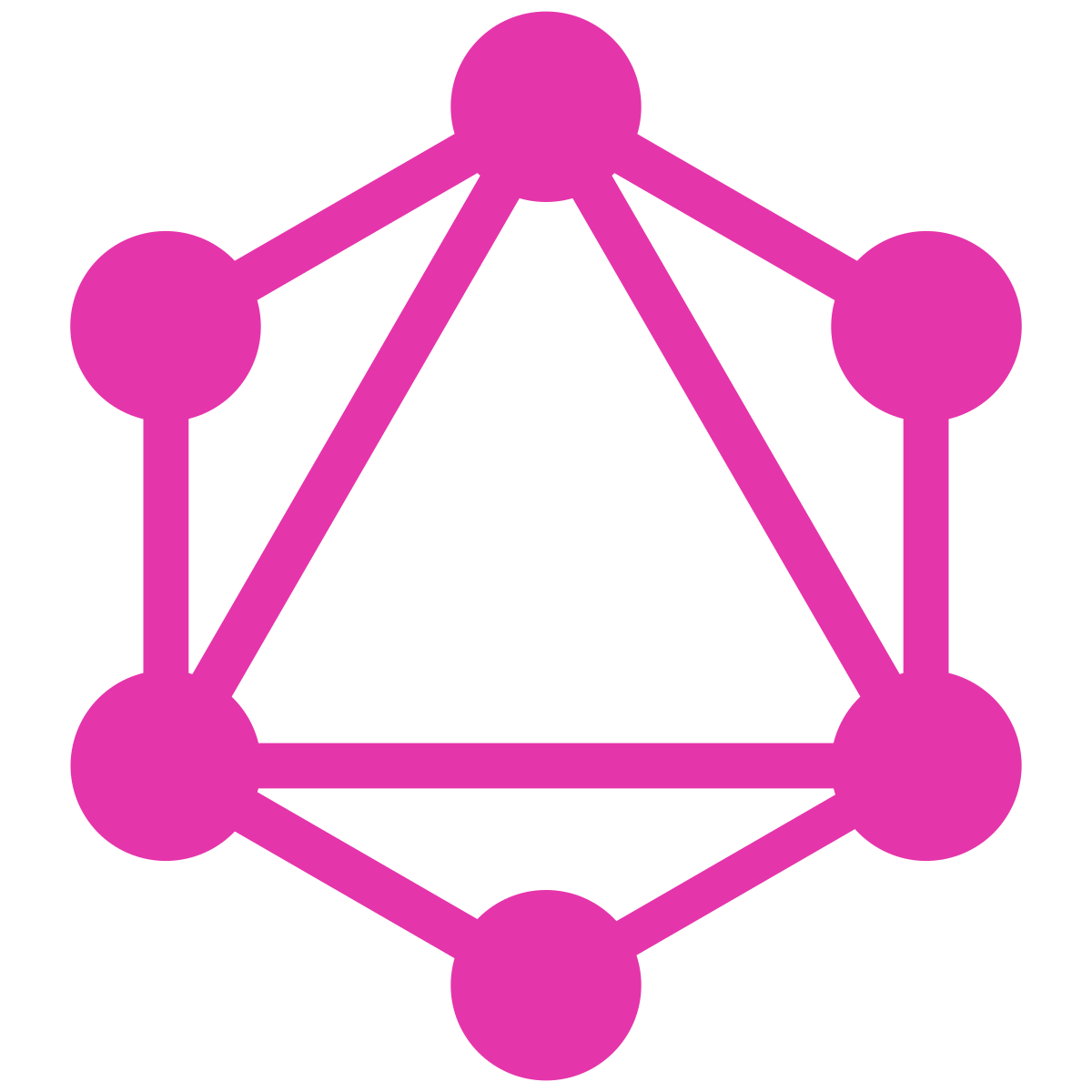Overview
A raw usage event typically corresponds to a user-triggered action or measurement from an underlying infrastructure. When raw events are reported by your application, Stigg does the heavy lifting of filtering events and aggregating them to calculate customer usage.Dimensions
Reported events should include properties that are required for the filtering and aggregation of those events, referred to in Stigg as dimensions. Event metadata can also be reported as an event dimension. There’s no limit on the number of dimensions that can be reported on each event; therefore, we encourage you to include as much metadata as possible in reported events to have maximum flexibility on how usage is calculated. Including these dimensions as part of the initial integration will prevent the need to backfill them at later date. Example dimensions include:- Cloud region - i.e. us-east-1, eu-central-1, etc.
- Environment - i.e. production, development, etc.
- Compute type - i.e. read, write, etc.
Event schema
| Field name | Required | Type | Description |
|---|---|---|---|
| idempotencyKey | ✅ | String | A unique key that’s used to ensure that the event is only processed once. |
| customerId | ✅ | String | The ID of the customer that usage is reported for. |
| resourceId | Yes, when reporting an event for a product with multiple subscriptions | String | The ID of the resource that the event is reported for. This is mostly relevant when reporting events for products with multiple subscriptions. |
| eventName | ✅ | String | The name of that event that’s being reported, which usually represents that action that took place. |
| dimensions | ❌ | Hash<String, String | Number | Boolean> | User-defined properties about the event, i.e. “region” : “us-east-1” |
| timestamp | ❌ | Timestamp | The timestamp of the event. When not provided, the Stigg server time (UTC) will be used. |
The maximum payload size for a raw event is 1 MB.
Ingestion methods
SDKs
Node.js – Reporting Usage

Python – Reporting Usage

Ruby – Reporting Usage

Go – Reporting Usage

API
GraphQL – Reporting Usage

Cloud
Amazon S3 – Ingestion

Google Cloud Pub/Sub – Ingestion

Supported aggregation methods
Stigg currently supports the following aggregation methods:- Count
- Count unique
- Sum
- Maximum
- Minimum
- Average
count require you to specify the dimension that will be used for the aggregation, for example: when calculating a sum using what dimension the sum will be calculated.
Event deduplication
To prevent duplicate event ingestion, we’ve implemented a deduplication process that ensures each unique event is counted only once, removing any concerns when reporting events and assuring accurate data ingestion. Events are considered unique when all of the following properties are the same:- Timestamp
- Customer ID
- ResourceID
- Event name
- Idempotency key
Example use-cases
Active users
When a customer logs into your application or performs an action, report an event to Stigg with the customer ID. If you already leverage an analytics solution, this can be a simple as reporting an event to Stigg whenever thetrack method of the analytics solution is called.
Create an event-based metered feature, and select the count unique aggregation method while specifying the customerId property as the dimension that will be used for computation of the aggregation.
Used bandwidth
Whenever a resource is accessed, report an event to Stigg with the resource file size dimension. Create an event-based metered feature, and select thesum aggregation method while specifying the resource file size property as the dimension that will be used for computation of the aggregation.